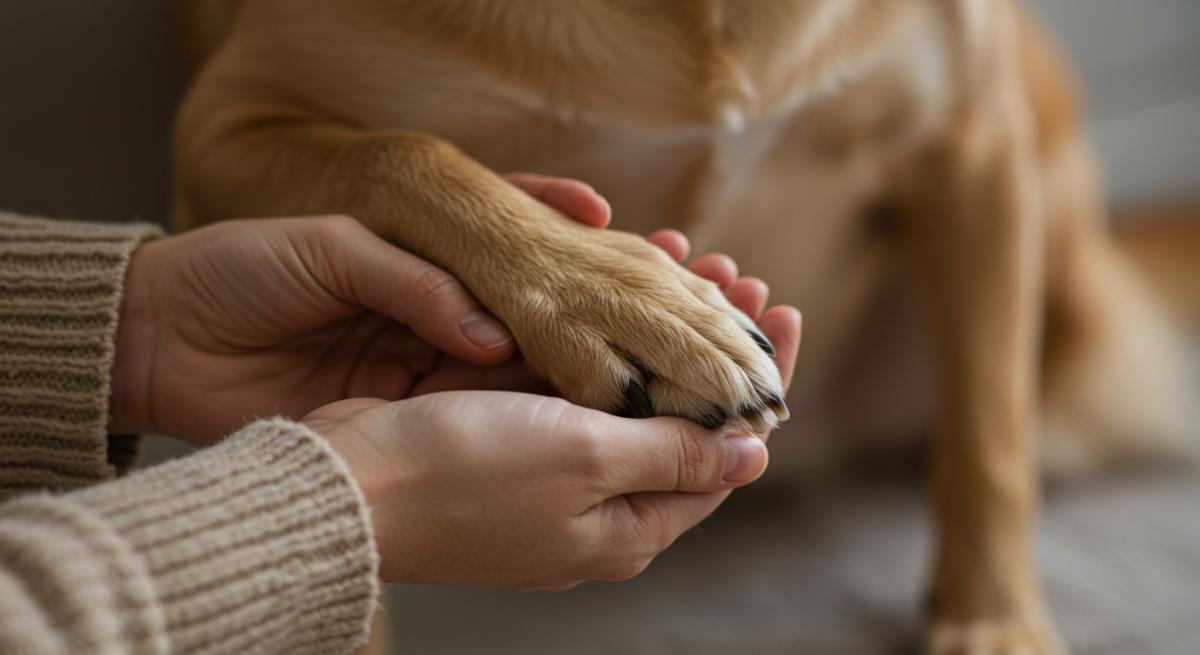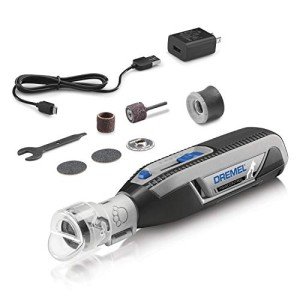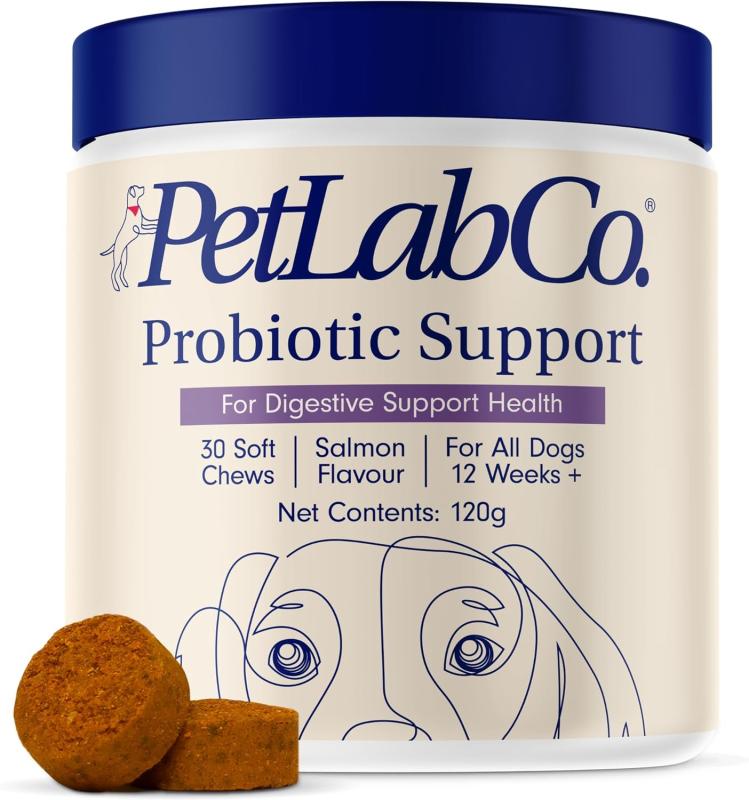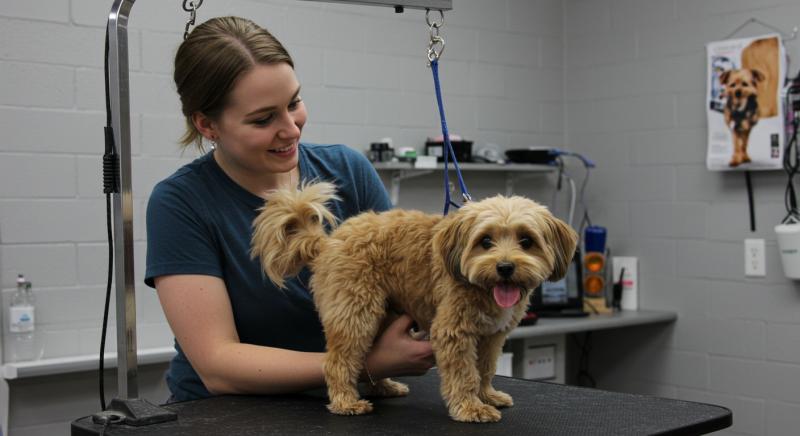The Importance of Taking Good Care of Your Dog’s Paws
Your dog’s paws are more than just adorable — they’re vital to your pet’s overall health, mobility, and quality of life. As a pet owner, it's easy to focus on feeding, grooming, and playtime, but paw care is just as essential. Whether your dog is a couch snuggler or an active adventurer, their paws take on the brunt of their daily activity. Here's why taking care of your dog’s paws is crucial — and how to do it right.
Why Paw Care Matters
1. Paws Are a First Line of Defense
A dog’s paws come into direct contact with the ground, making them vulnerable to rough terrain, hot pavement, cold snow, sharp objects, and chemical exposure (like road salt or lawn treatments). Left unchecked, small injuries or irritants can lead to infections, limping, or long-term damage.
2. Paw Pads Provide Traction and Shock Absorption
Paw pads act like natural shock absorbers, helping your dog run, jump, and walk comfortably. Healthy pads also provide grip and stability. Cracked, dry, or injured pads can cause discomfort and affect your dog’s balance.
3. Paws Reflect Overall Health
Dry, swollen, or discolored pads might be signs of underlying health issues, allergies, or nutritional deficiencies. Regular inspection can help detect problems early before they become serious.
Dremel PawControl Cordless Pet Nail Grinder Tool
Experience a gentle and efficient way to keep your pet's nails trimmed and healthy at home
Product information
Product Review Score
4.39 out of 5 stars
97 reviewsProduct links
Common Paw Problems to Watch For
-
Cracks and Dryness: Often caused by weather extremes or rough surfaces.
-
Burns or Blisters: Especially from hot asphalt in summer.
-
Cuts or Punctures: From glass, sharp rocks, or debris.
-
Infections: Redness, swelling, or pus between toes or around nails.
-
Foreign Objects: Like burrs, foxtails, or thorns lodged between toes.
-
Overgrown Nails: Can change gait and strain joints.
How to Take Care of Your Dog’s Paws
1. Inspect Paws Regularly
Check for cuts, swelling, discoloration, or foreign objects after walks or play. Early detection can prevent bigger problems.
2. Keep Paw Pads Moisturized
Use a vet-approved paw balm or moisturizer to prevent cracking, especially in winter or after long walks.
3. Trim Nails Frequently
Long nails can lead to pain or altered movement. If you can hear them clicking on the floor, it’s time for a trim.
4. Protect Against Weather Extremes
-
In summer, avoid walking during peak heat and check pavement temperature.
-
In winter, rinse paws after walks to remove salt and chemicals, and consider using dog boots for extra protection.
5. Use Paw Wipes or Washes
Clean paws after outdoor activities to remove allergens, chemicals, or debris that can irritate or infect.
6. Provide Proper Nutrition
A healthy diet supports skin and pad health. Omega-3 fatty acids, in particular, can help keep pads supple and resilient.
When to See a Vet
If you notice persistent limping, excessive licking, bleeding, or any signs of infection, consult your veterinarian. Paw issues left untreated can lead to more serious mobility or health problems.
Final Thoughts
Your dog’s paws support every step they take — literally. Investing time and care into paw maintenance isn’t just about cleanliness or grooming; it’s about comfort, safety, and preventing unnecessary pain. With a little attention and regular checks, you can ensure your dog stays happy, healthy, and ready for every adventure on four feet.




